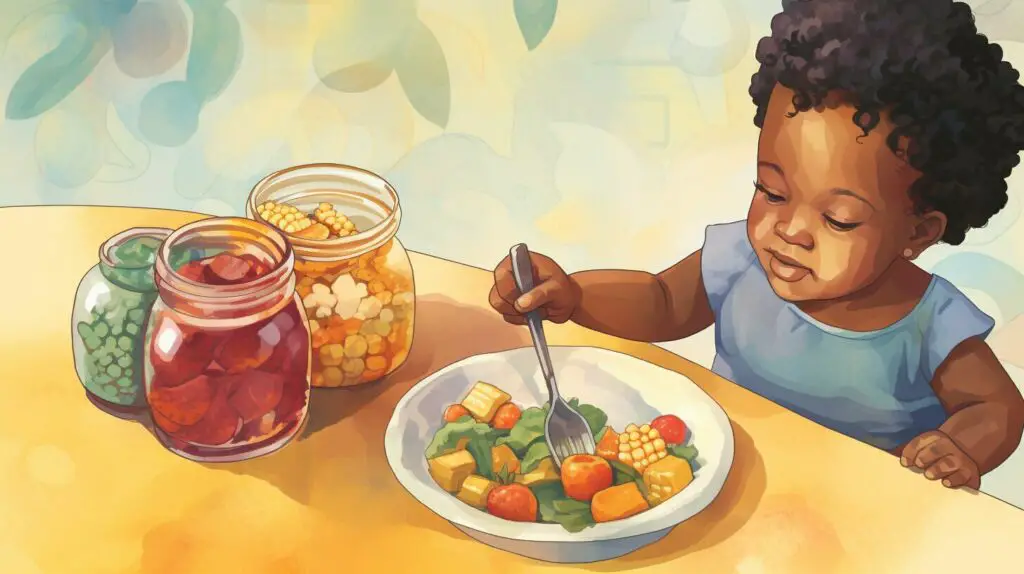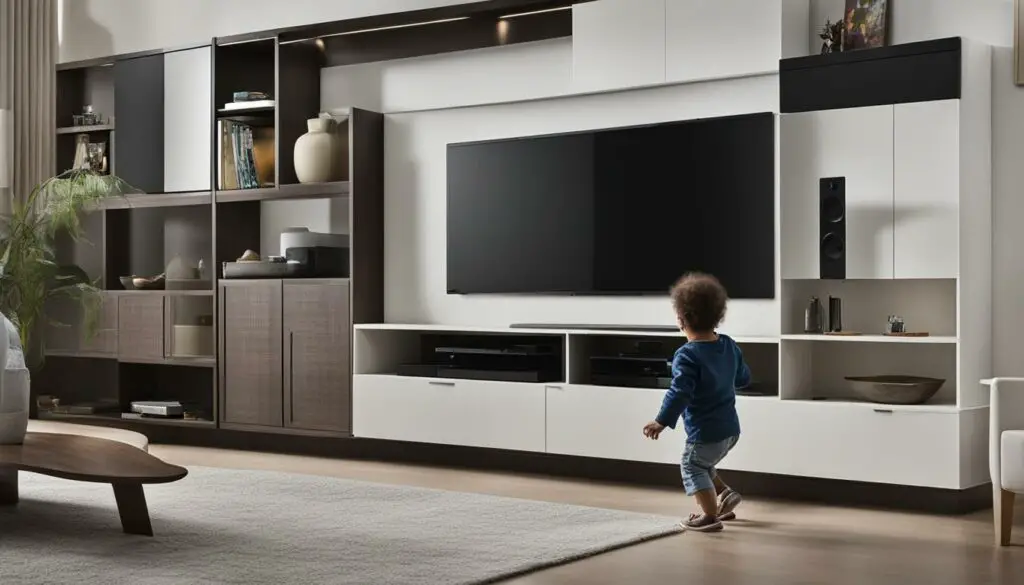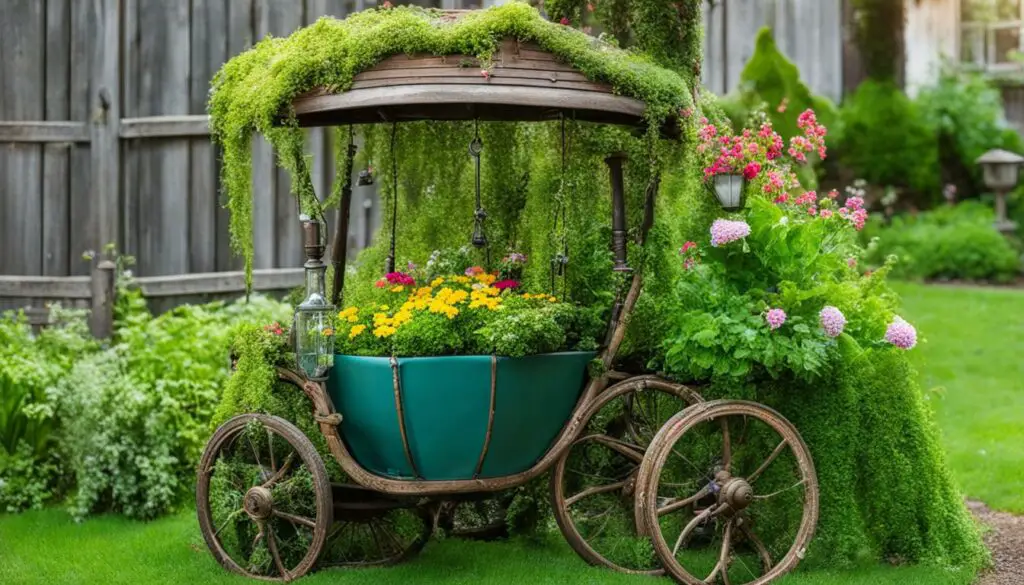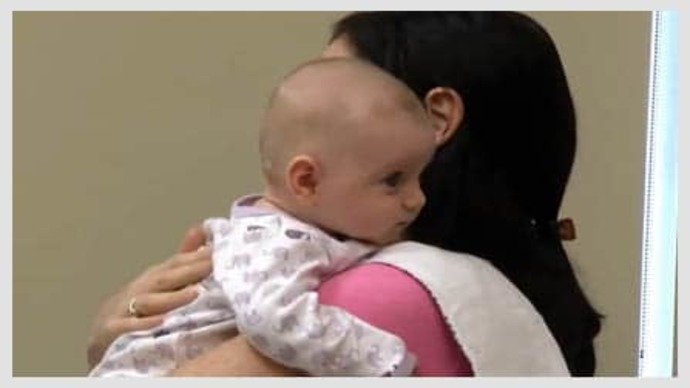As a parent, your top priority is keeping your baby safe and secure. While you may have already taken measures to childproof your home, one area that is often overlooked is the safety of your house plants. Many indoor plants can pose a danger to babies and young children, particularly those that are poisonous or have small parts that can be ingested.
But fear not! Baby proofing your house plants is an easy and essential step to ensuring a safe environment for your little one. By taking the necessary precautions, you can enjoy the beauty and benefits of indoor greenery without sacrificing your child’s safety.
Start by assessing the types of plants you have in your home and identifying any potential hazards. Then, take steps to make them safe for your baby, such as moving them out of reach or selecting child-friendly plant varieties. You can also take extra measures, like baby proofing plant accessories and using safe soil.
Don’t let the fear of plant-related accidents compromise your home’s beauty or your child’s safety. With a little effort and precaution, you can create a safe and nurturing environment for your baby to thrive.
Key Takeaways:
- Baby proofing your house plants is crucial to ensure your baby’s safety
- Identify potential hazards and take the necessary precautions
- Select child-friendly plant varieties
- Baby proof plant accessories and use safe soil
- Create a safe and nurturing environment for your little one

Identifying Poisonous Plants: Ensuring Plant Safety for Your Baby
As a parent, you want to make sure your home is a safe environment for your little one. While houseplants are a great way to add some greenery to your space, some plants can be harmful and potentially toxic to your baby if ingested.
Identifying poisonous plants in your home is the first step in ensuring plant safety for your baby. It’s essential to remove these plants from your living spaces or keep them out of reach. At the same time, non-toxic and edible plants are excellent options to add to your indoor garden.
Identifying Poisonous Plants
Some plants are poisonous and can result in severe health problems, such as vomiting, diarrhea, skin irritation, and in extreme cases, fatalities. It’s crucial to be able to identify these plants to prevent plant poisoning accidents from happening in your home.
Common poisonous plants to watch out for include:
| Plant Name | Symptoms |
|---|---|
| Dieffenbachia | Oral irritation, intense burning, and swelling of the mouth, tongue, and lips, difficulty speaking and swallowing |
| Philodendron | Oral irritation, intense burning, and swelling of the mouth, tongue, and lips, difficulty speaking and swallowing |
| Pothos | Oral irritation, intense burning, and swelling of the mouth, tongue, and lips, difficulty speaking and swallowing |
| Snake Plant/Mother-in-Law’s Tongue | Nausea, vomiting, and diarrhea |
It’s essential to research a plant’s toxicity level before purchasing or bringing it into your home. Some plants may have varying levels of toxicity, and an educational resource can assist you in making informed decisions about the plants you choose to keep in your home.
Non-Toxic and Edible Plants
Non-toxic and edible plants are an excellent way to enjoy a range of houseplants without worrying about the risks of toxicity. These plants are safe for your baby to touch, explore, and even taste.
Some non-toxic and edible plants to consider for your indoor garden include:
- African violet
- Spider plant
- Herbs such as basil, rosemary, and thyme
- Parsley
It’s always important to monitor your baby when they interact with plants, even non-toxic and edible ones, ensuring they are not allergic to them and do not attempt to ingest them.
Plant Poisoning Prevention
Preventing plant poisoning accidents is always better than dealing with the aftermath. Here are some tips to keep your baby safe:
- Research the plants before purchasing and bringing them into your home.
- Place toxic plants out of reach, preferably in rooms that your baby can’t access.
- Teach your child not to touch or eat plants without permission.
- Monitor your baby when they are playing near plants, even if they are non-toxic.
By identifying poisonous plants, selecting non-toxic and edible plants, and taking preventative measures, you can create a safe, green environment for your baby to explore and enjoy. Keep your baby safe while enjoying the beauty and benefits of indoor plants.
Safe Houseplants for Babies and Toddlers: Choosing Plant Varieties Carefully
When it comes to choosing houseplants for kids, safety should be your top priority. Babies and toddlers are naturally curious and love to explore their surroundings, so it’s essential to select plants that pose minimal risks to their well-being.
There are various safe houseplants for babies and toddlers that you can choose from. These plants are non-toxic, easy to care for, and can enhance the beauty of your home. Some popular options include:
- Spider Plant: This plant is non-toxic and can survive in a variety of light conditions.
- Boston Fern: This plant is non-toxic and can improve air quality in your home.
- Bamboo Palm: This plant is non-toxic and can grow up to six feet tall, making it an excellent addition to any room.
When selecting safe houseplants for babies and toddlers, keep in mind that some plants may cause mild irritation if ingested. It’s always best to keep an eye on your little one and discourage them from putting the plants in their mouth.
Additionally, consider the placement of your plants. Placing plants out of reach or in areas where your baby or toddler doesn’t typically play can help minimize potential risks.
Finally, be sure to research any plant you’re considering before bringing it into your home. Some plants may have different varieties, some of which may be toxic, so it’s essential to verify the safety of the specific plant you’re interested in.

Tip: Consider adding a plant stand or a hanging plant holder to keep your safe houseplants out of reach of curious hands.
With these tips in mind, you can create a safe and beautiful indoor garden that your baby or toddler can enjoy. Remember to prioritize plant safety, child safety, and a secure home to create a nurturing environment that fosters growth and exploration.
Baby Proofing Plant Accessories: Ensuring Extra Safety Measures
When baby proofing your house plants, it’s important to consider all potential hazards, including the accessories you use. Here are some essential tips to ensure extra safety measures:
- Baby proofing soil: Choose soil that is safe and non-toxic for your baby. Some soils contain harmful chemicals, pesticides, or fertilizers that can be dangerous if ingested. Opt for organic soil or create your own compost from scratch.
- Baby proofing pots: Select pots that are sturdy and stable, with a wide base to prevent toppling. Avoid using glass or ceramic pots that can easily break, and steer clear of pots with sharp edges or decorations that could be a choking hazard. Always keep pots out of reach of your baby.
- Baby proofing plant stands: Position plant stands in a safe and secure spot where they won’t be knocked over. Check that the legs are stable and level, and avoid using stands with sharp edges, unstable bases, or decorative elements that can be harmful.
- Baby proofing plant shelves: Ensure that shelves are firmly secured to the wall and have sufficient weight capacity to hold your plants. Avoid using shelves with open spaces or gaps that could be a potential hazard, and keep them well out of your baby’s reach.
Additionally, it’s important to use appropriate hooks, hangers, and decorations that are safe and secure for your house plants. Avoid using hooks with sharp edges or thin wires that can easily break, and steer clear of decorations that can be a choking hazard. Always keep these accessories out of reach of your baby.

By taking these extra precautions when baby proofing your house plants, you can ensure a safe and secure indoor environment for your little one.
Conclusion
In conclusion, taking care of your house plants while also ensuring your baby’s safety is crucial. Proper plant care goes hand in hand with maintaining a safe home environment for your little one. By following the guidelines mentioned in this article and baby proofing your house plants, you can create a nurturing space that promotes both plant growth and child safety.
Remember to regularly check for any hazardous plants or plant accessories that may be within your child’s reach. Choose safe houseplants that are non-toxic and pose minimal risks to your baby’s wellbeing. Also, make sure to use baby proofing plant accessories such as safe soil, plant stands, hooks, hangers, and decorations to minimize potential hazards.
By prioritizing plant safety, child safety, and overall home safety, you can enjoy the benefits of having indoor greenery while keeping your little one protected. Follow these tips and guidelines to ensure your baby’s safety and make your home a welcoming space for both you and your plants.




